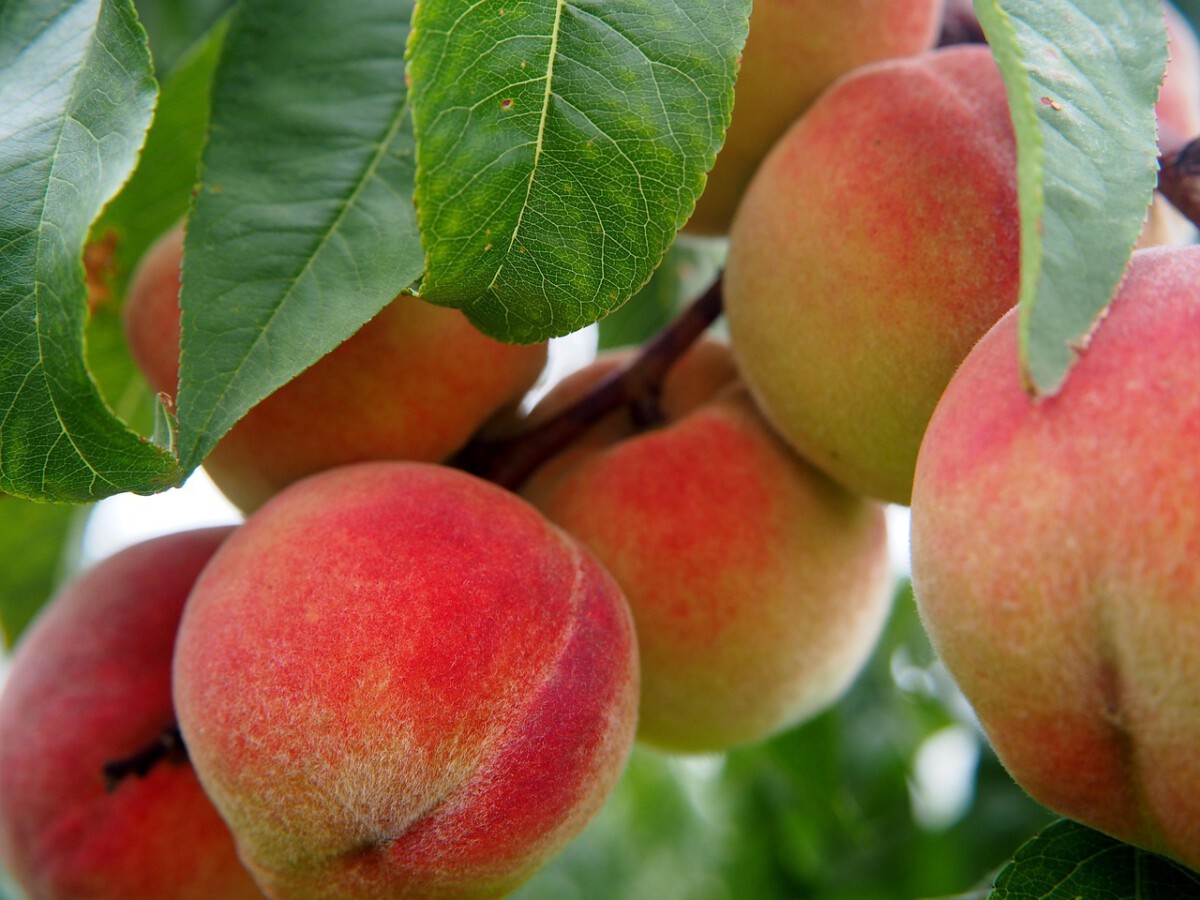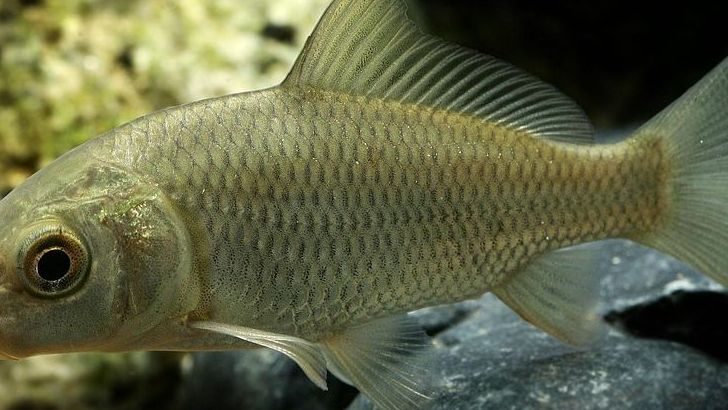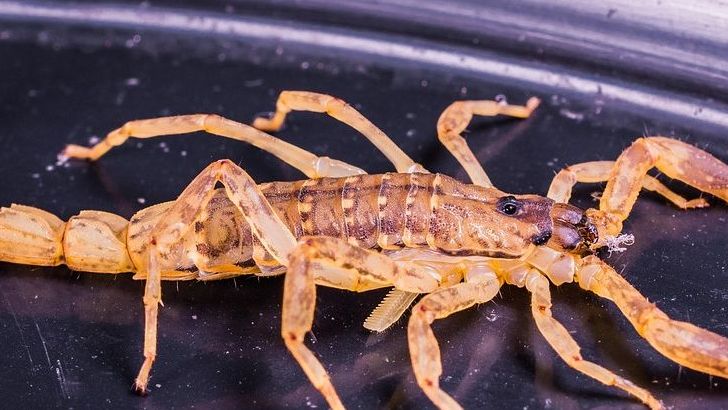The Peach State Isn’t Actually the Biggest Producer
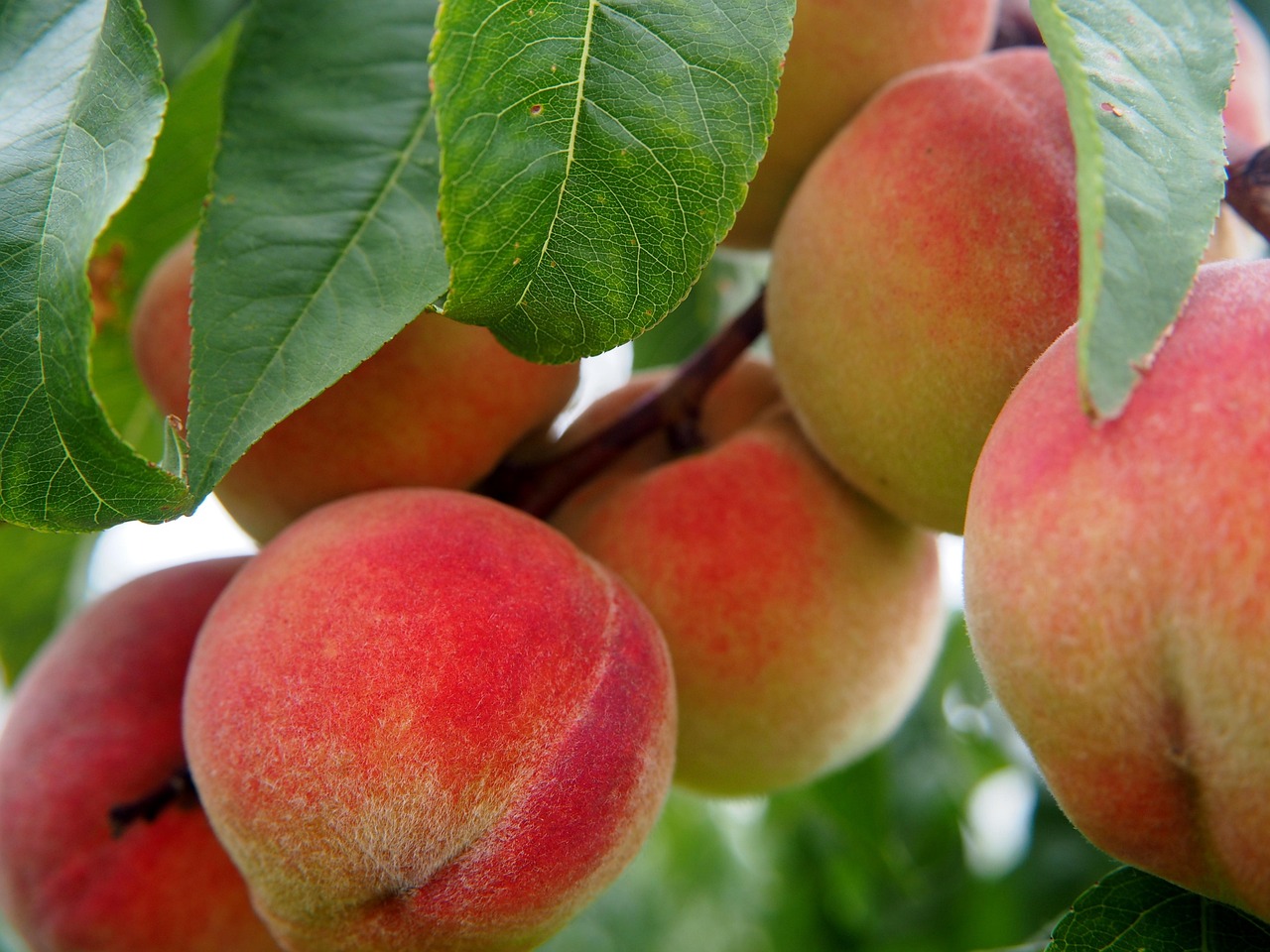
You might assume Georgia leads the nation in peach production because of its famous nickname, but despite Georgia being known as the Peach State, it’s actually behind South Carolina and California in peach production. California ranked first among U.S. states, with a production of 480 thousand tons that year. California actually produces the most peaches in America, followed by South Carolina and Georgia. California actually grows four times more peaches than Georgia and South Carolina combined.
What’s even more surprising is that South Carolina ships approximately 90,000 tons of S.C. peaches a year from its approximately 18,000 acres of peach orchards across the state, compared with Georgia’s 40,000 tons. So Georgia doesn’t even come second. It’s actually third place, sitting behind two states that massively outproduce the so-called Peach State in both volume and consistency.
Georgia Just Lost Almost All Its Peaches in 2023
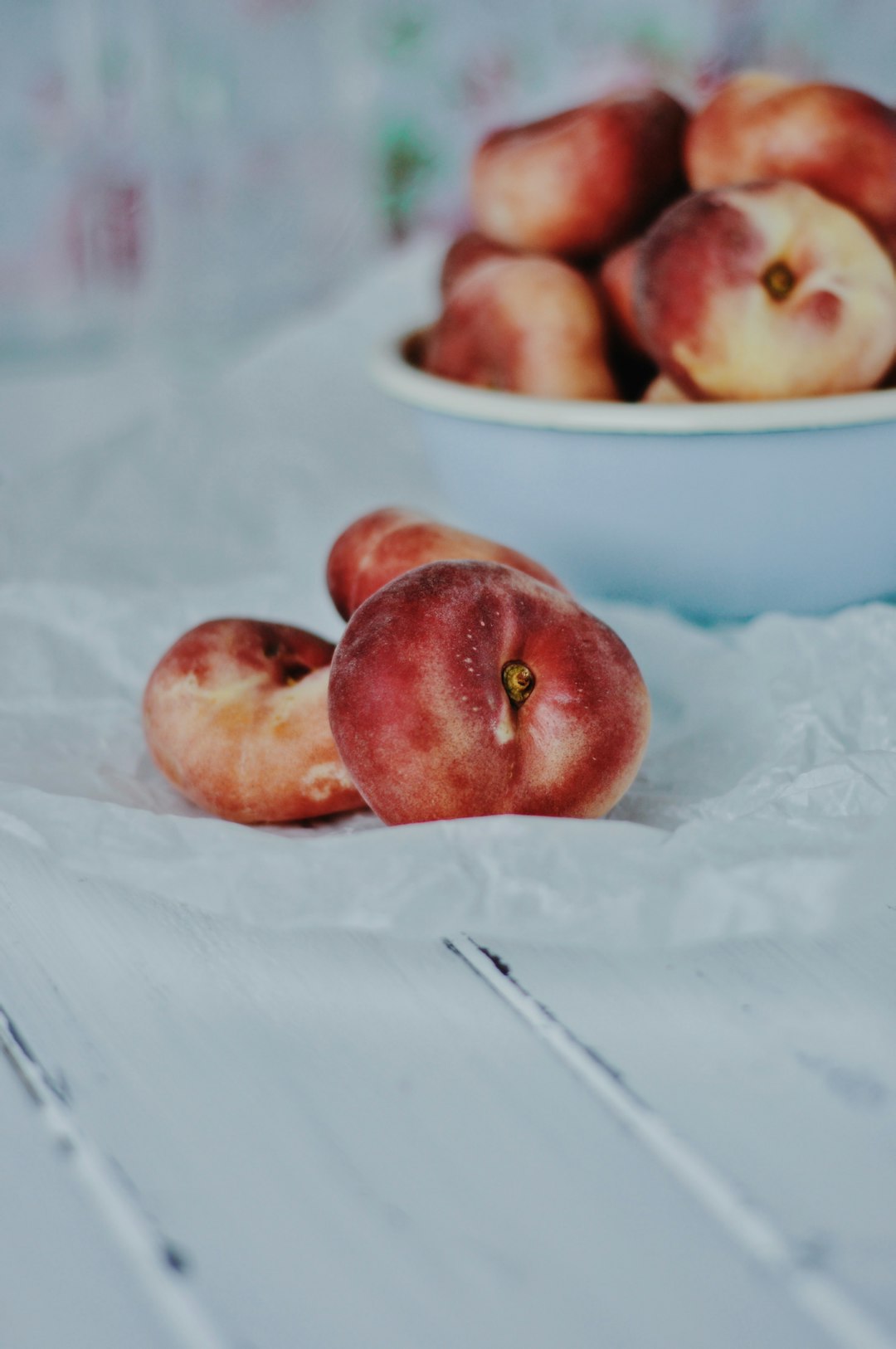
In 2023, 90 percent of the state’s peach crop was lost. A shortage of days with cold enough temperatures hindered the ability of some varieties to bloom. Then, unusually warm temperatures in late February encouraged some cultivars to bloom early, only to be devastated by a freeze in March. With more than 90% crop loss throughout Georgia, the peach industry lost $60 million due to the late freeze that hit much of the Southeast in mid-March 2023.
This wasn’t just a freak accident either. In 2017, about 80 percent of Georgia’s peaches were lost, in large part due to a damaging March freeze after a warm February. The devastating frost in 2017 caused nearly $1 billion in damage for the combined peach and blueberry industries. Georgia’s peach industry is becoming increasingly unreliable due to climate change, making it harder to count on consistent crops year after year.
Climate Change Is Destroying Georgia’s Peach Future
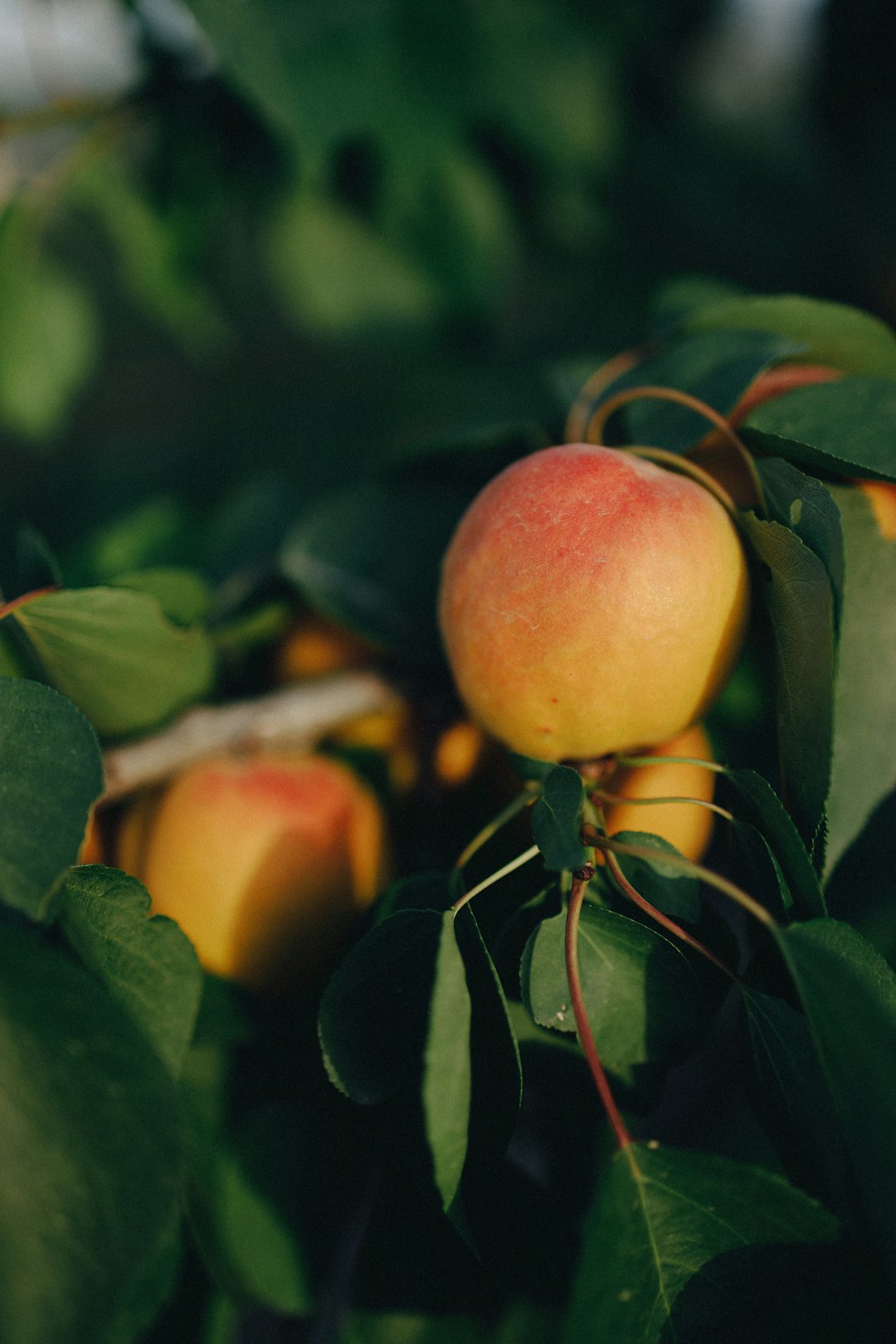
To break dormancy and set fruit each spring, peach trees must acquire a certain number of hours each year with temperatures that fall between 32 and 45 degrees Fahrenheit, referred to as chill hours. The required chill hours vary depending on the peach variety, but most growers in Georgia hope to receive around 1,000 cumulative hours. Once those requirements are met and temperatures are consistently warm, buds begin to swell, making them more susceptible to freezing temperatures.
However, this year’s crop — influenced by climate change — experienced only about 700 chill hours. We have been getting warmer winters as time has gone on. In fact, winter is the season that’s warming the quickest in Georgia. And it’s those warm winters that are most threatening to the future of Georgia peaches. While they’re a summer fruit, peaches require a certain number of “chill hours” — time spent between 32 and 45 degrees Fahrenheit each winter, when the tree goes into dormancy.
The Economics Don’t Make Sense Anymore

It was an $80 million crop in the 2022 Georgia Farm Gate report, but that value keeps fluctuating wildly based on weather disasters. At Atlanta’s Silver Skillet restaurant, owner Teresa Breckenridge shared how the cost of fresh peaches has tripled, forcing the business to switch to canned peaches for its popular peach cobbler. “I can’t afford the peaches right now, and the ones that you would buy even if you could afford them, they’re just not good,” Breckenridge said. “There’s nothing better than fresh, but you just have to have a plan B”.
Meanwhile, Pearson said being unable to produce peaches on a consistent basis makes farmers question whether “this is a viable enterprise”. After losing the crop on most of his 2,000 acres of peaches last year, McGehee had to send his H-2A workers home, which was “devastating for them,” he said. Their absence hurt local businesses, too. When farmers can’t predict whether they’ll have a crop from year to year, the entire business model breaks down.
Other States Are Stealing Georgia’s Market Share
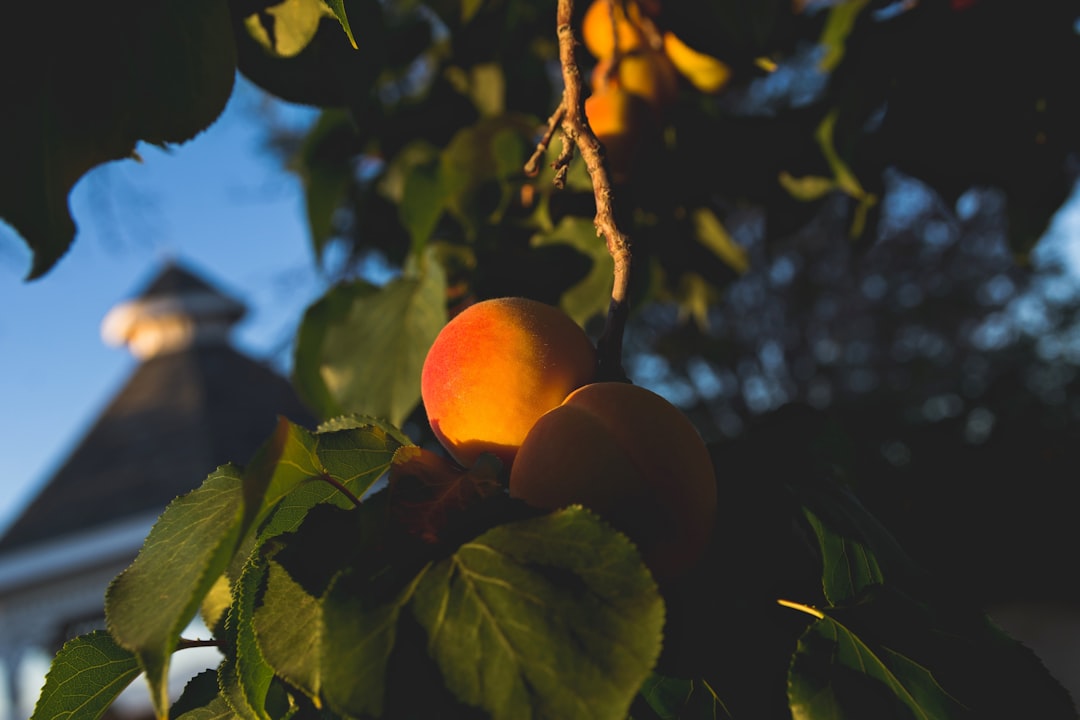
Despite the reduced fresh peach production in the Southeast, studies have shown that overall peach production may still be strong in 2024 as other states like Colorado, New Jersey, Pennsylvania, and Washington have all increased their production by 17%, 78%, 11%, and 3% respectively, thus capturing Georgia’s market share. The harvest was so slim across the South last year that New Jersey, Pennsylvania and Washington state all produced more peaches than either South Carolina or Georgia.
While Georgia struggles with unpredictable weather, other states are stepping up to fill the gap. These northern states don’t face the same climate volatility issues that plague the Southeast, making them more reliable suppliers. This shift means Georgia’s already small market position is getting even smaller as buyers look for consistency they can’t find in the Peach State.
The “Georgia Peach” Brand Is Mostly Marketing
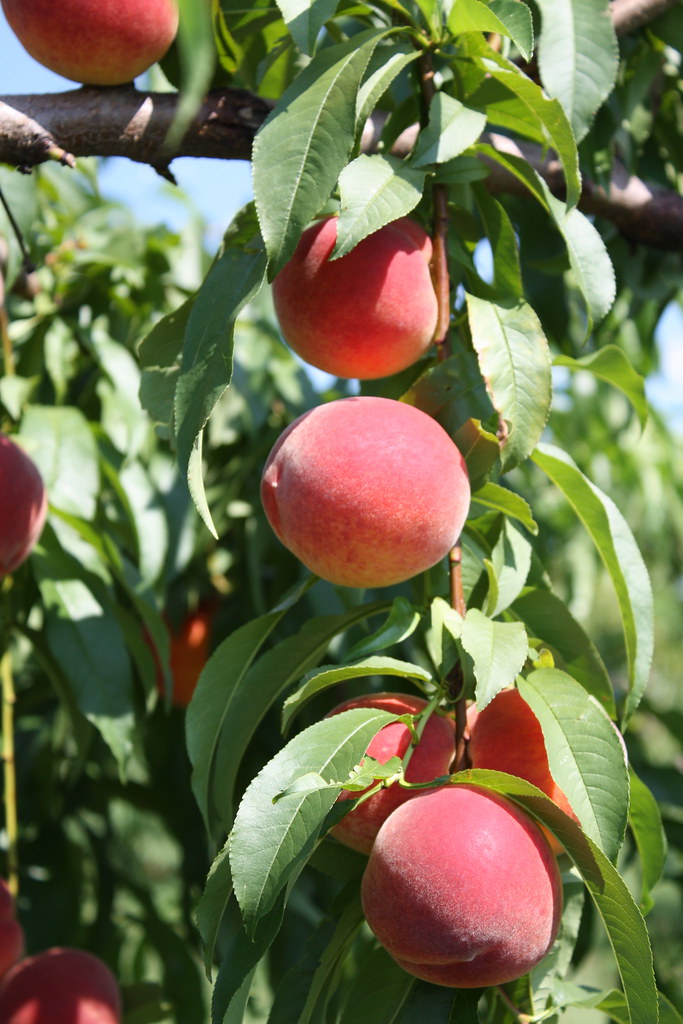
It turns out it had a lot to do with the Civil War. Rumor has it that during the war, soldiers who hailed from different states would often pick peaches off of trees in Georgia to enjoy a midday snack while… Eventually, the taste and juiciness of the peaches caught on, and Georgia became well-known to people around the US for its peach crops. Consequently, after the war ended, the South wanted to establish a new image and reputation. So, Georgia leaned into its peach crops as a way to distance itself from the slavery practices that were associated with cotton farms. It seems that Georgia’s peach reputation has remained with the state for more than 150 years.
The fruit is a minor part of the state’s economy, but is central to its mythology. Yet despite its dwindling importance to the state’s agricultural economy, loyalty to the Georgia peach remains — in the Peach State and beyond. “Peaches are not a huge crop in Georgia,” says Pam Knox, an agricultural climatologist at the University of Georgia. “But they are iconic”. The Georgia peach brand has become more about nostalgia and marketing than actual agricultural dominance.
Normal Years Only Produce 2.5 Million Bushel Boxes

University of Georgia Extension agent Jeff Cook said a normal season will produce about 2.5 million bushel boxes of peaches. But this year, it could be closer to 3 million bushel boxes. Even when Georgia has a good year, this production level pales in comparison to California’s massive output. Georgia typically produces more than 130 million pounds of peaches annually, according to the University of Georgia.
For context, that sounds like a lot until you realize California produces roughly four times that amount consistently every year. Georgia’s best years barely match what other states consider routine production. The scale difference reveals how the Peach State nickname doesn’t reflect current agricultural reality.
Scientists Are Desperately Trying to Save the Industry
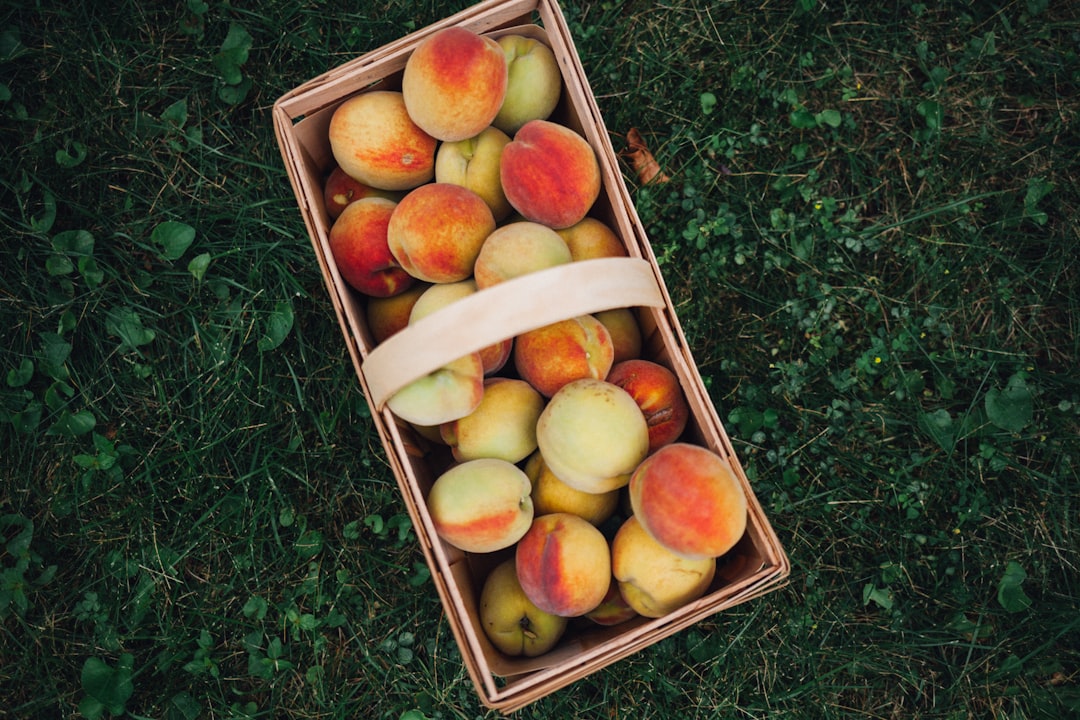
That is why Dario Chavez, an associate professor in the CAES Department of Horticulture, is working with institutions throughout the Southeast to provide growers with additional tools to keep the industry strong. A faculty member of the UGA Institute of Plant Breeding, Genetics and Genomics, Chavez is part of the moderate chill peach breeding project, a collaboration between UGA, the U.S. Department of Agriculture and the University of Florida. The project has released eight peach varieties so far, some of which have already replaced older varieties in the market, said Chavez. The new cultivars boast improved firmness, color and sweetness, and the team is also looking at varieties with improved branching structures.
At the University of Georgia, Assistant Professor Dario Chavez and his team are working on breeding more resilient peach varieties. They carefully select slivers from the pits of different peach varieties, considering factors like size, color, and, most importantly, taste. However, breeding takes time, and Georgia’s dwindling peach farming industry may not have much left. The race is on to develop climate-resistant varieties before the industry collapses entirely.
The Historical Peak Was Nearly a Century Ago
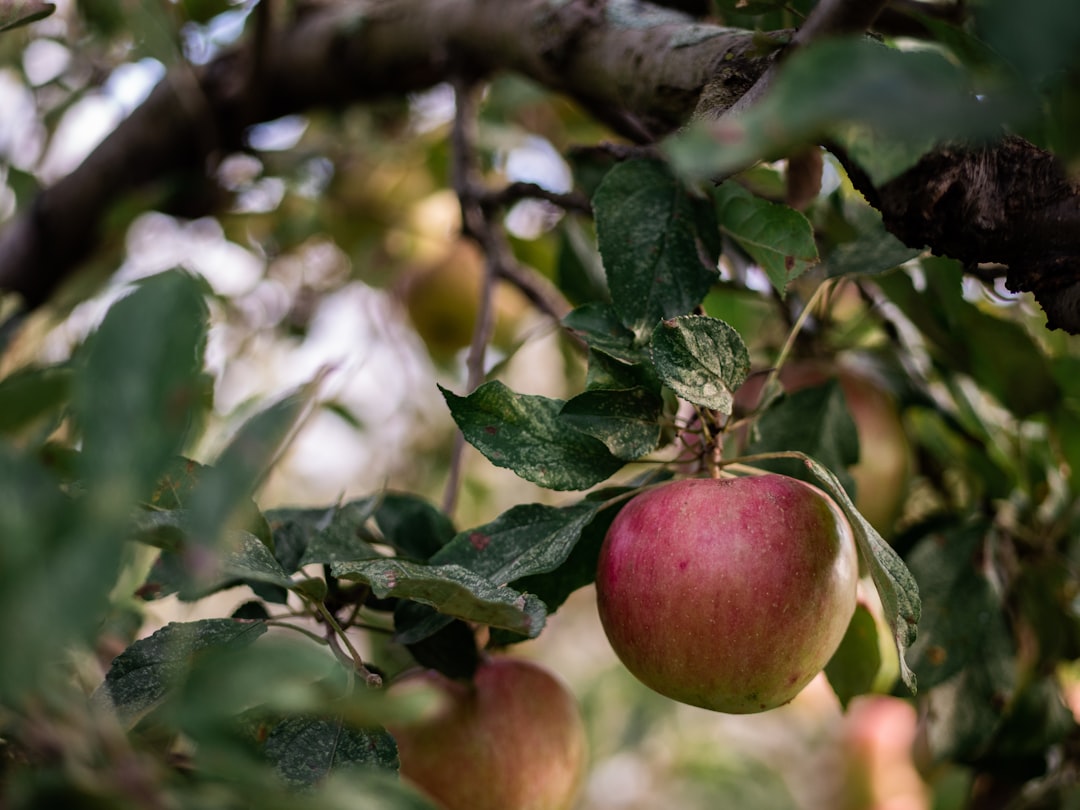
The “fruitful” years of peach production in the Palmetto State started after WWII and continued until about 1984, when the state reported it had harvested its largest-ever peach crop…a whopping 480,000 tons. Even South Carolina’s peak production from decades ago dwarfs what Georgia produces today. Other fruits flourished for brief periods, but southern peaches boomed: the number of trees increased more than fivefold between 1889 and 1924.
The golden age of southern peach production happened generations ago, before modern climate patterns made growing increasingly difficult. Today’s reality bears little resemblance to the boom times that established the region’s reputation. Georgia is essentially coasting on a reputation built nearly 100 years ago when conditions were completely different.
Growers Are Questioning if Peaches Are Worth It
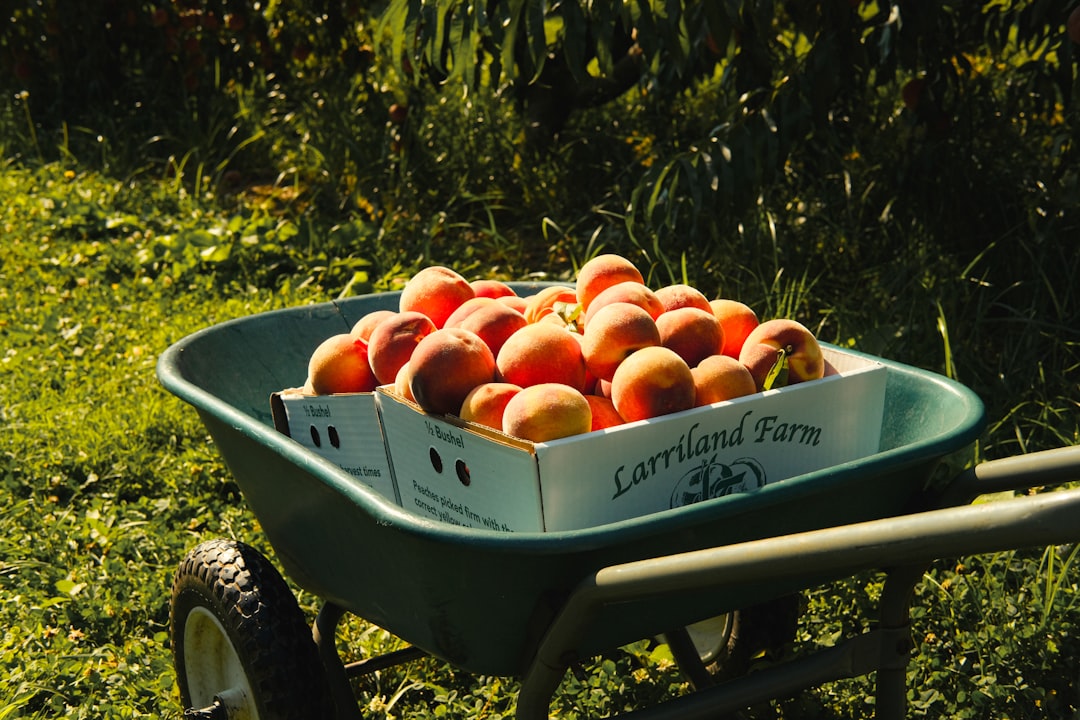
I don’t care how pretty it is, or how tough it is, or if it’s bulletproof. If it doesn’t eat well, I’m outta business either way,” Pearson said. Because growers have very specific requirements regarding fruit size, color and texture, it remains to be seen whether newer varieties will perform as well as Georgia’s traditional cultivars. “While that is outside of the climate discussion, it is important for Georgia growers when trying to maintain a business in an industry predicated on being the best in the nation”.
The pressure to maintain quality while dealing with climate uncertainty is pushing many farmers to consider alternatives. Some are diversifying into other crops, while others are selling their land entirely. The combination of unreliable weather, high production costs, and competition from more reliable producers is making peach farming increasingly unsustainable in Georgia.
The Peach State Might Not Have Peaches Much Longer
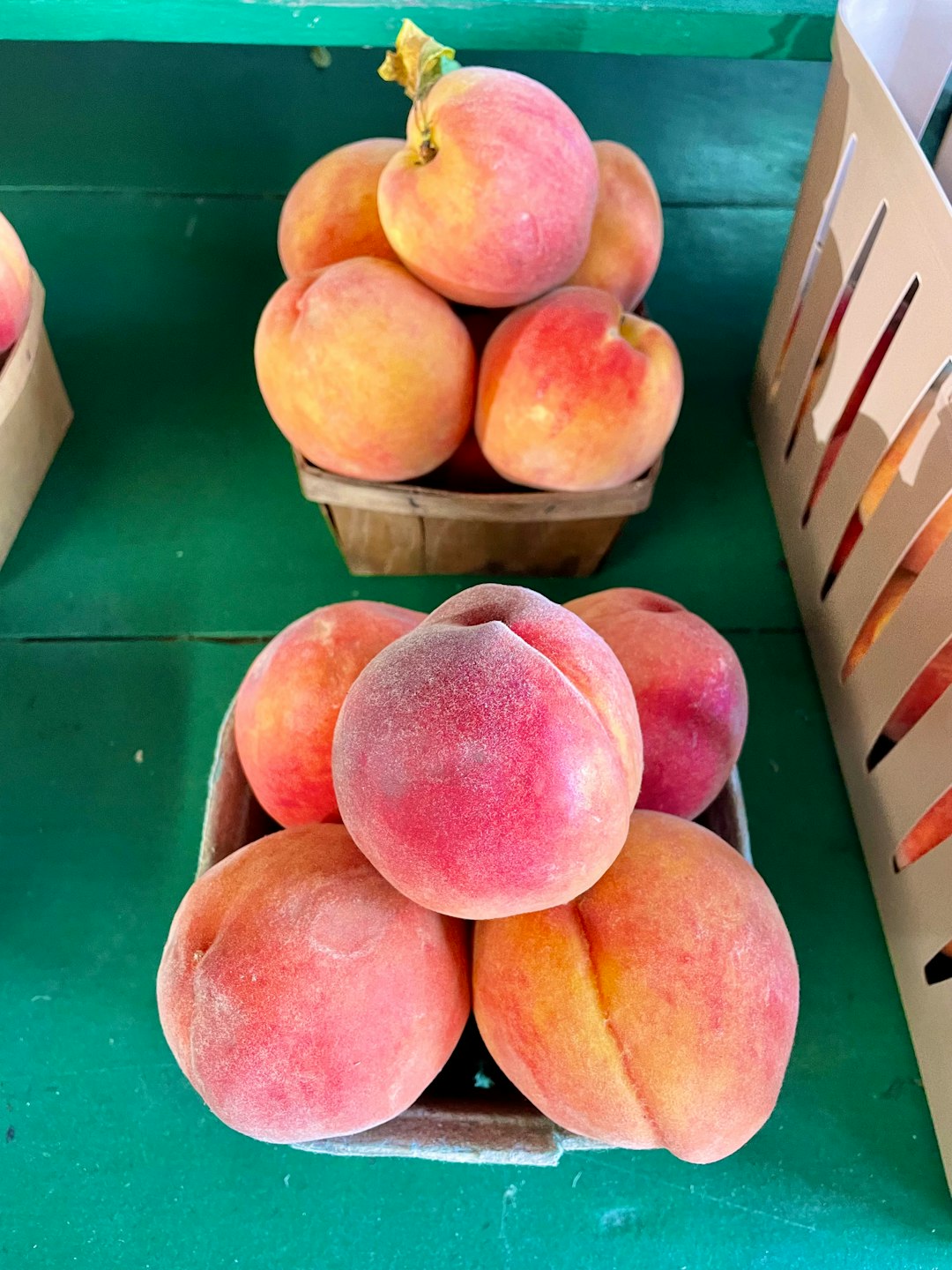
For Okie, who grew up in Georgia and whose father worked as a peach breeder for the USDA, the looming loss of the state’s symbolic fruit evokes a sort of weariness. “I can easily imagine Georgia remaining the Peach State decades after it’s no longer producing any peaches,” he says. It’s not spelling the end of peaches in Georgia yet,” she says. “Fifty years from now? Yeah, then we might have to think about that”.
There’s the economic fallout, of course: If the farms are no longer profitable, farmers may be tempted to sell their land for financial reasons, putting farmworkers out of work and causing a deficit in the food supply chain. For a place like Georgia, it would also mean yet another rebrand. After all, peaches appear everywhere from Georgia’s license plates to its Medicaid program for children, known as PeachCare. The state’s entire identity might outlast the agriculture that created it, leaving Georgia as a Peach State without peaches – just another example of how marketing can be more powerful than reality.
Conclusion
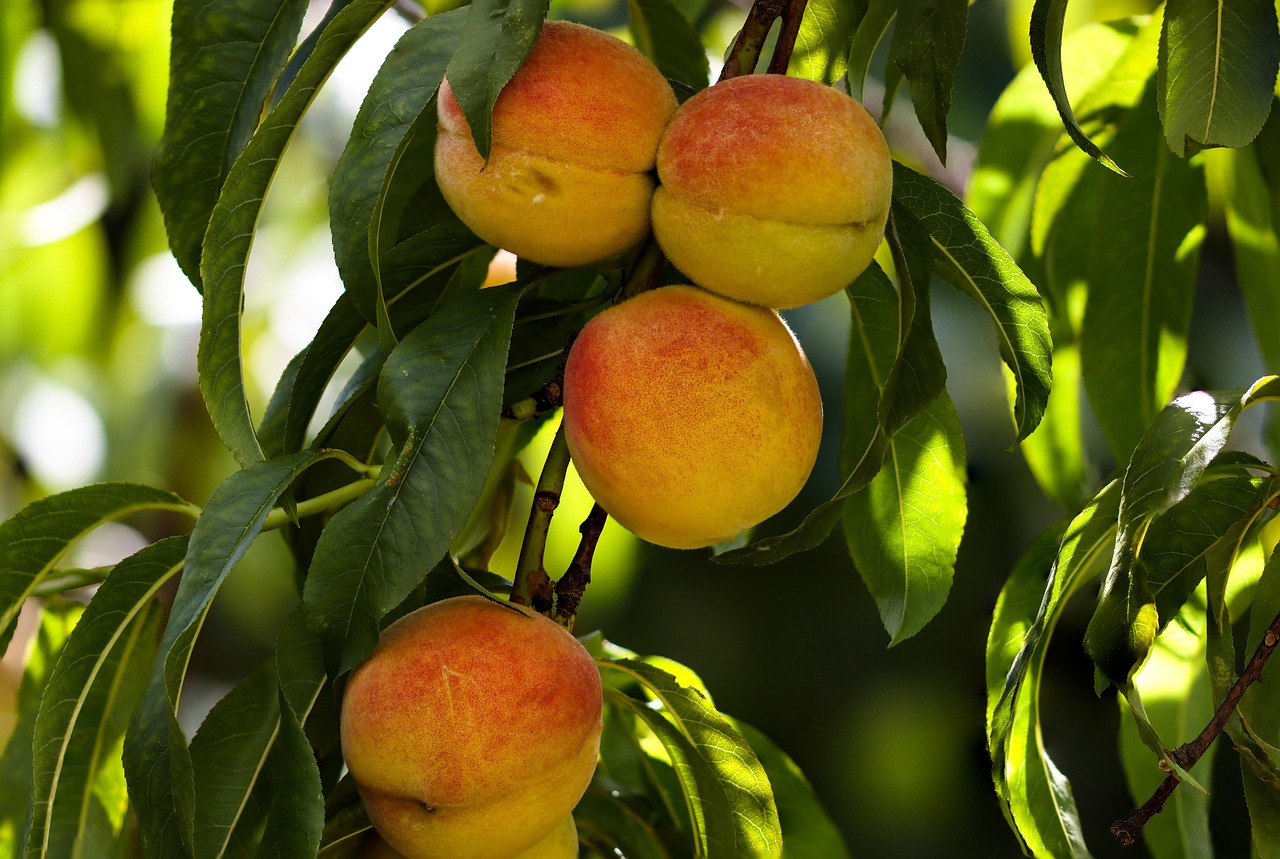
The truth about Georgia peaches reveals a stark disconnect between perception and reality. While the state clings to its Peach State identity through marketing and nostalgia, the actual agriculture tells a different story of declining production, climate challenges, and lost market share to more reliable producers. The combination of devastating crop losses, economic uncertainty, and climate change suggests that Georgia’s peach industry faces an uncertain future, regardless of how sweet the remaining fruit might taste.
What would you have guessed about the real state of Georgia’s peach industry?

